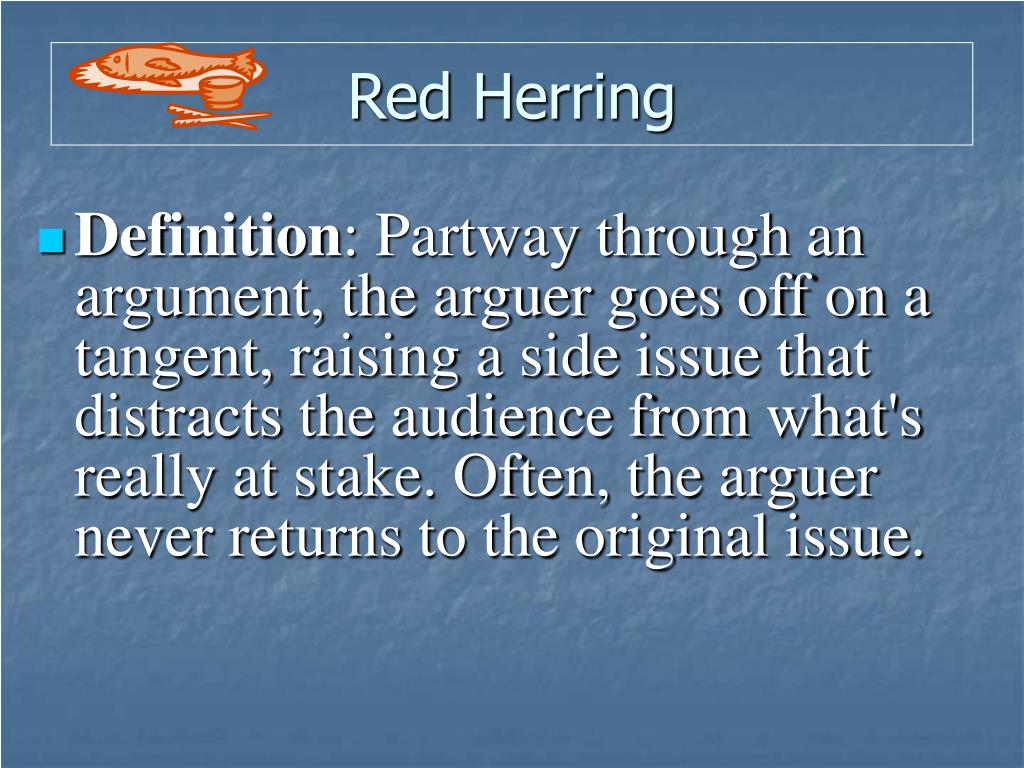

In these instances, use an example that demonstrates the problem with slippery slope arguments in general (e.g., by using statements to reach a conclusion that is not necessarily relevant to the initial statement). Sometimes people commit a slippery slope fallacy unintentionally.Every proposition has to be true for the overall argument to work, so even if one link is irrational or not supported by evidence, then the argument collapses.

Ask yourself if each link in the chain of events or action is valid.You can point out these missing steps and ask your partner to indicate what evidence exists to support the claimed relationship between two or more events. Slippery slope arguments take advantage of the gray area between an initial action or decision and the possible next steps that might lead to the undesirable outcome.There are a number of ways you can deal with slippery slope arguments especially when you suspect these are fallacious: The planning fallacy: Underestimating the time needed to complete a future task, even when we know that similar tasks in the past have taken longer than planned.Politicians are famous for using these fallacies to divert the attention of their constituents away from the matter at hand. For example, red herrings are often used in political discourse.



 0 kommentar(er)
0 kommentar(er)
